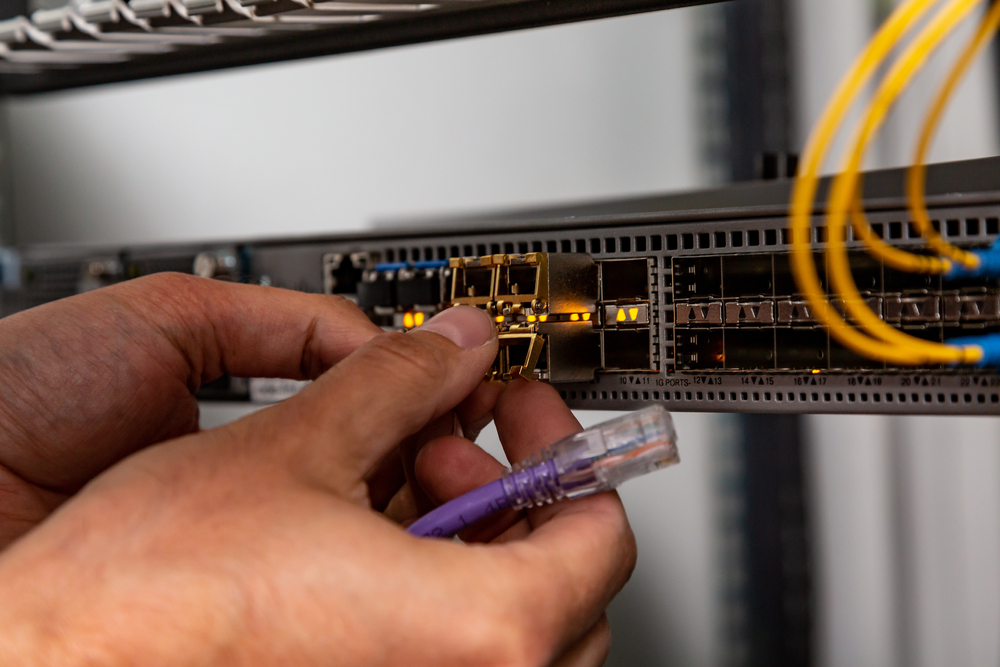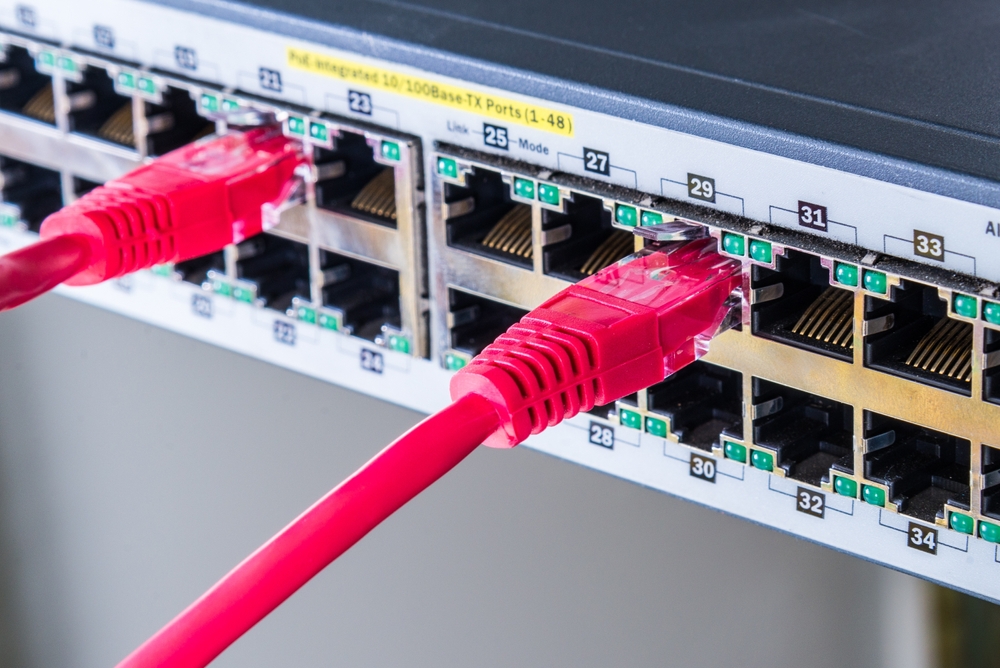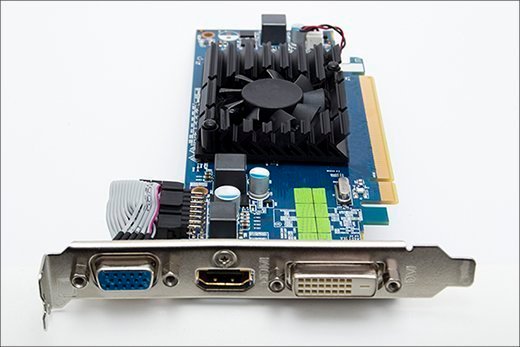In the rapidly evolving world of IT hardware and computer networking, transceivers play a crucial role in facilitating seamless data communication. Whether in data centers, enterprise networks, or personal computing, transceivers help transmit and receive data efficiently. But what exactly is a transceiver, and why is it so essential in modern networking? This article will explore the functionality, types, and benefits of transceivers while incorporating vital networking and computer hardware concepts.
What Is a Transceiver?
A transceiver is a device that combines a transmitter and a receiver in a single unit, allowing two-way communication. It is used in various networking applications to send and receive data over wired or wireless connections. IT hardware components such as routers, switches, and network cards depend on transceivers to facilitate high-speed data transfer.
Transceivers are widely used in fiber optic communication, Ethernet networks, and wireless transmission systems. They convert electrical signals into optical or radio signals and vice versa, ensuring smooth data flow across the network.
Types of Transceivers in Networking
Transceivers come in various types, each designed for specific networking applications. Let’s explore some of the most commonly used transceivers in computer hardware and IT infrastructure.
1. Ethernet Transceivers
Ethernet transceivers are essential components of computer hardware, responsible for sending and receiving Ethernet signals in LANs (Local Area Networks). These transceivers help establish high-speed wired connections, ensuring reliable communication between devices.
2. Fiber Optic Transceivers
Fiber optic transceivers convert electrical signals into light signals to transmit data through optical fibers. They are commonly used in IT hardware for long-distance data transmission. Popular fiber optic transceivers include:
- SFP (Small Form-factor Pluggable) – Supports both single-mode and multi-mode fiber networks.
- SFP+ (Enhanced Small Form-factor Pluggable) – Provides higher data rates up to 10Gbps.
- QSFP (Quad Small Form-factor Pluggable) – Supports even faster data speeds, up to 100Gbps.
3. Wireless Transceivers
Wireless transceivers use radio waves to transmit data without physical cables. They are widely used in Wi-Fi networks, mobile communication, and IoT (Internet of Things) devices.
4. RF (Radio Frequency) Transceivers
RF transceivers are commonly used in satellite communication, mobile phones, and broadcasting systems. They enable wireless transmission over long distances.
5. Optical Transceivers
These transceivers use light-based technology to transmit data at ultra-fast speeds. Optical transceivers are critical for networking in large-scale infrastructures like data centers and cloud computing environments.
How Do Transceivers Work?
A transceiver works by converting one type of signal into another for efficient communication. Here’s how it functions in a typical networking setup:
- Transmission: The device receives an electrical signal from a computer or network switch.
- Conversion: The transceiver converts the electrical signal into an optical or radio signal.
- Transmission: The converted signal is transmitted over the network (via fiber optic cables or wireless waves).
- Reception: The transceiver at the receiving end converts the signal back into an electrical format for the destination device to process.
This bidirectional process ensures smooth data exchange between connected devices in a computer hardware environment.
Benefits of Using Transceivers in IT Hardware
1. High-Speed Data Transmission
Transceivers support high-speed data transmission, making them ideal for networking applications that require real-time data exchange.
2. Scalability in Networking
Using modular transceivers like SFP and QSFP allows businesses to scale their networks based on growing data demands.
3. Cost Efficiency
Modular transceivers eliminate the need for expensive hardware upgrades. Instead of replacing entire IT hardware, businesses can upgrade transceivers to enhance performance.
4. Versatility and Compatibility
Transceivers are designed to support multiple networking standards, making them compatible with various computer hardware and devices.
5. Enhanced Data Security
Fiber optic transceivers provide higher security levels than traditional copper-based transmission methods, reducing the risk of data breaches.
Choosing the Right Transceiver for Your Networking Needs
Selecting the right transceiver depends on several factors, including:
- Data Transmission Speed – Choose SFP+ or QSFP transceivers for high-speed data networks.
- Distance Requirements – Multi-mode fiber transceivers work best for short distances, while single-mode fiber transceivers are ideal for long distances.
- Network Compatibility – Ensure the transceiver is compatible with existing IT hardware such as switches, routers, and servers.
- Environmental Conditions – Some transceivers are designed for industrial applications with rugged conditions.
Future Trends in Transceiver Technology
With increasing data consumption and emerging technologies like 5G, IoT, and AI-driven networks, transceivers are evolving to meet the demands of modern networking. Here are some key trends:
1. Higher Data Rates
Transceivers are being developed to support ultra-fast speeds of up to 400Gbps and beyond to accommodate future networking needs.
2. Energy-Efficient Designs
Modern transceivers consume less power, making them environmentally friendly and cost-effective for data centers.
3. Integration with Cloud Networking
With the rise of cloud computing, transceivers are becoming integral to high-speed cloud connectivity.
4. Miniaturization and Compact Designs
Smaller, more efficient transceivers allow businesses to maximize their IT hardware without compromising on performance.
Conclusion
Transceivers are indispensable components of IT hardware, computer hardware, and networking systems. Whether for wired or wireless networks, they enable high-speed, efficient, and secure data transmission. Understanding the different types of transceivers and their applications can help businesses optimize their networks for better performance and scalability.
As technology advances, transceivers will continue to evolve, playing a vital role in the future of networking and data communication. Investing in high-quality transceivers ensures seamless connectivity and a robust networking infrastructure, keeping businesses ahead in the digital age.





